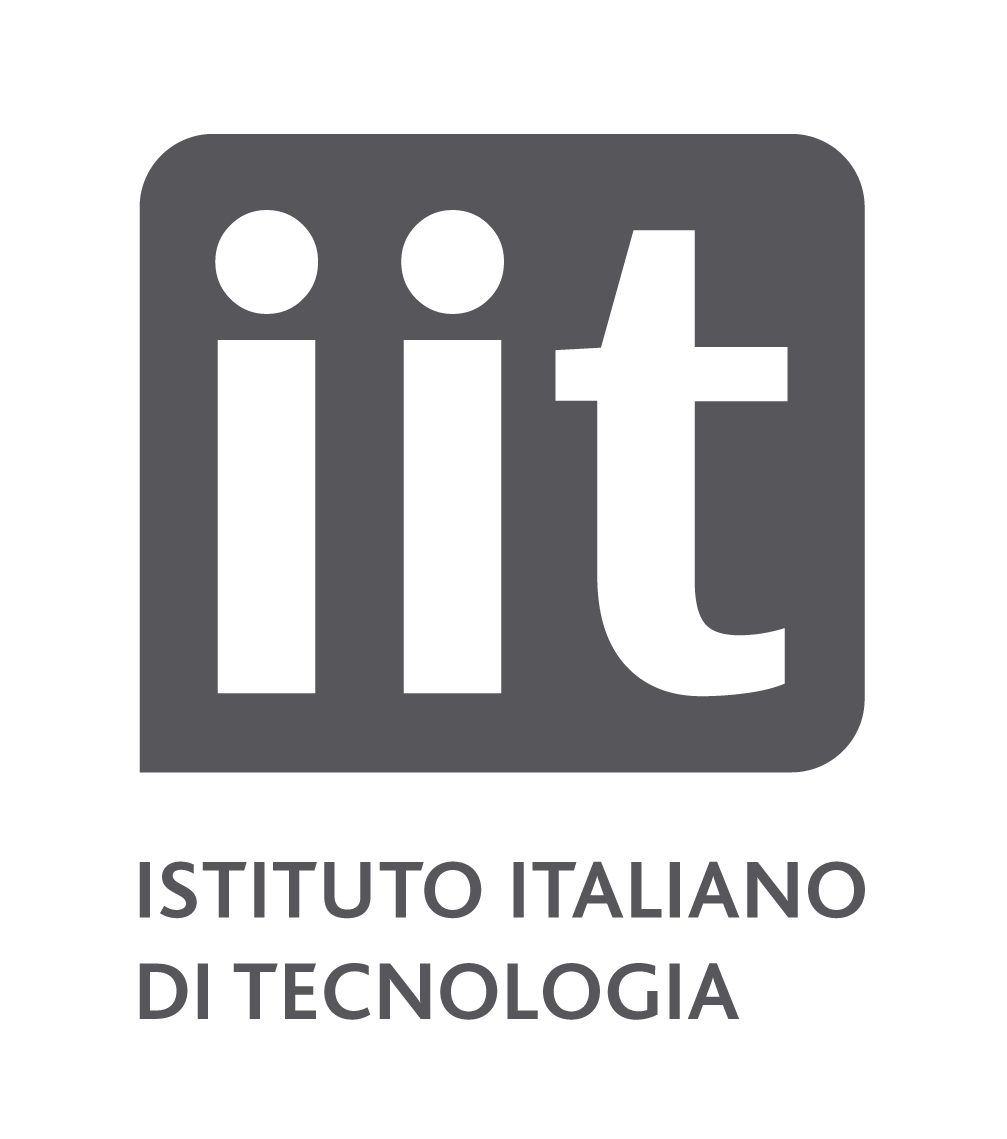Simple? It's not easy!
CordisWire
A new robotic hand designed by the Research Center “E. Piaggio” of the University of Pisa and Istituto Italiano di
Tecnologia, Genova, Italy is destined to revolutionize the world of artificial hands. Simple and robust in structure and costing a fraction of a typical robotic hand, the new hand is capable of reproducing almost all natural hand movements. Rewarded at the Humanoids Conference 2012.
This achievement is called “PISA/IIT SoftHand,” and it is the new robotic hand developed by the Research Center “E. Piaggio” of the University of Pisa and Istituto Italiano di Tecnologia (IIT), Genova, Italy. The research behind its
development was financed by the European Union through the cognitive robotics project “THE Hand Embodied” and the ERC Grant “SoftHands.”
The hand was rewarded in Osaka, Japan in early December as the most innovative project presented at the
International Conference Humanoids 2012.
The new hand is robust and compliant, and able to grasp almost all kinds of objects driven by a single motor, at the cost of a few hundred dollars. Thanks to its simplicity and extreme versatility it could be used both as a robotic hand and as a prosthetic hand very easily. Its fingers can withstand physical “abuse” such as hard impacts and disarticulation. the conference attendants were left in awe at the sight of the Softhand being repeatedly beaten against an iron plate without being damaged.
“This incredible convergence of performance, robustness and affordability - explains Antonio Bicchi, coordinator of the Robotics Research Group at the Research Center “E. Piaggio” and Senior Scientist at Istituto Italiano di Tecnologia – has been made possible by the revolutionary design of the hand. The phalanges are constituted of two pairs of cylinders in rolling contact with each other mimicking human body articulations. The fingers are connected by elastic joints, with no mechanical connection elements, such as screws and bolts, which confer an elastic and simpler structure on the hand.
But it is not a matter of simply copying the structure of the human hand. Rather, we must understand the mechanisms of movement and perception at the basis of the performance of the hand and then develop an artificial structure able to function in the same way.”
The design of the Pisa-IIT Softhand is based on the theory of sensorimotor synergies having is roots in neuroscience.
The theory of synergies analyzes all of the complex movements we can perform as produced by a combination of few configurations of basic movements, such as the closure of the fingers to grasp an object. Such movement-units, or synergies, generated by a precise configuration of muscles, are determined by our anatomical characteristics, and they comprise innate movements, or movements learnt in early childhood.
Thus, in order to reproduce the movement of grasping an object in a mechanical hand, it is not necessary to provide each finger with a motor, as it happens in traditional robotic hands. Rather, the configuration of the synergy responsible for the movement must be determined and therefore its schema must be reproduced in such a way that a single motor is able to control the entire movement.
A joint collaboration between neuroscience, mathematics and engineering groups has achieved the first artificial hand capable of performing almost all of the different types of grasps on everyday objects with a single motor and, due to the simplicity of its structure, robustness and low cost, is destined to revolutionize the world of prosthetic and robotic hands.
The research initiative received 2.5 million Euro in support from the EU through the prestigious “ERC Advanced Grant” awarded to Professor Bicchi. Before Osaka, the joint project of the artificial hand by Research Center “E. Piaggio” and IIT was rewarded at the International Conference of Intelligent Robots and Systems (IROS2012), in Portugal.
Tecnologia, Genova, Italy is destined to revolutionize the world of artificial hands. Simple and robust in structure and costing a fraction of a typical robotic hand, the new hand is capable of reproducing almost all natural hand movements. Rewarded at the Humanoids Conference 2012.
This achievement is called “PISA/IIT SoftHand,” and it is the new robotic hand developed by the Research Center “E. Piaggio” of the University of Pisa and Istituto Italiano di Tecnologia (IIT), Genova, Italy. The research behind its
development was financed by the European Union through the cognitive robotics project “THE Hand Embodied” and the ERC Grant “SoftHands.”
The hand was rewarded in Osaka, Japan in early December as the most innovative project presented at the
International Conference Humanoids 2012.
The new hand is robust and compliant, and able to grasp almost all kinds of objects driven by a single motor, at the cost of a few hundred dollars. Thanks to its simplicity and extreme versatility it could be used both as a robotic hand and as a prosthetic hand very easily. Its fingers can withstand physical “abuse” such as hard impacts and disarticulation. the conference attendants were left in awe at the sight of the Softhand being repeatedly beaten against an iron plate without being damaged.
“This incredible convergence of performance, robustness and affordability - explains Antonio Bicchi, coordinator of the Robotics Research Group at the Research Center “E. Piaggio” and Senior Scientist at Istituto Italiano di Tecnologia – has been made possible by the revolutionary design of the hand. The phalanges are constituted of two pairs of cylinders in rolling contact with each other mimicking human body articulations. The fingers are connected by elastic joints, with no mechanical connection elements, such as screws and bolts, which confer an elastic and simpler structure on the hand.
But it is not a matter of simply copying the structure of the human hand. Rather, we must understand the mechanisms of movement and perception at the basis of the performance of the hand and then develop an artificial structure able to function in the same way.”
The design of the Pisa-IIT Softhand is based on the theory of sensorimotor synergies having is roots in neuroscience.
The theory of synergies analyzes all of the complex movements we can perform as produced by a combination of few configurations of basic movements, such as the closure of the fingers to grasp an object. Such movement-units, or synergies, generated by a precise configuration of muscles, are determined by our anatomical characteristics, and they comprise innate movements, or movements learnt in early childhood.
Thus, in order to reproduce the movement of grasping an object in a mechanical hand, it is not necessary to provide each finger with a motor, as it happens in traditional robotic hands. Rather, the configuration of the synergy responsible for the movement must be determined and therefore its schema must be reproduced in such a way that a single motor is able to control the entire movement.
A joint collaboration between neuroscience, mathematics and engineering groups has achieved the first artificial hand capable of performing almost all of the different types of grasps on everyday objects with a single motor and, due to the simplicity of its structure, robustness and low cost, is destined to revolutionize the world of prosthetic and robotic hands.
The research initiative received 2.5 million Euro in support from the EU through the prestigious “ERC Advanced Grant” awarded to Professor Bicchi. Before Osaka, the joint project of the artificial hand by Research Center “E. Piaggio” and IIT was rewarded at the International Conference of Intelligent Robots and Systems (IROS2012), in Portugal.
No video selected.



